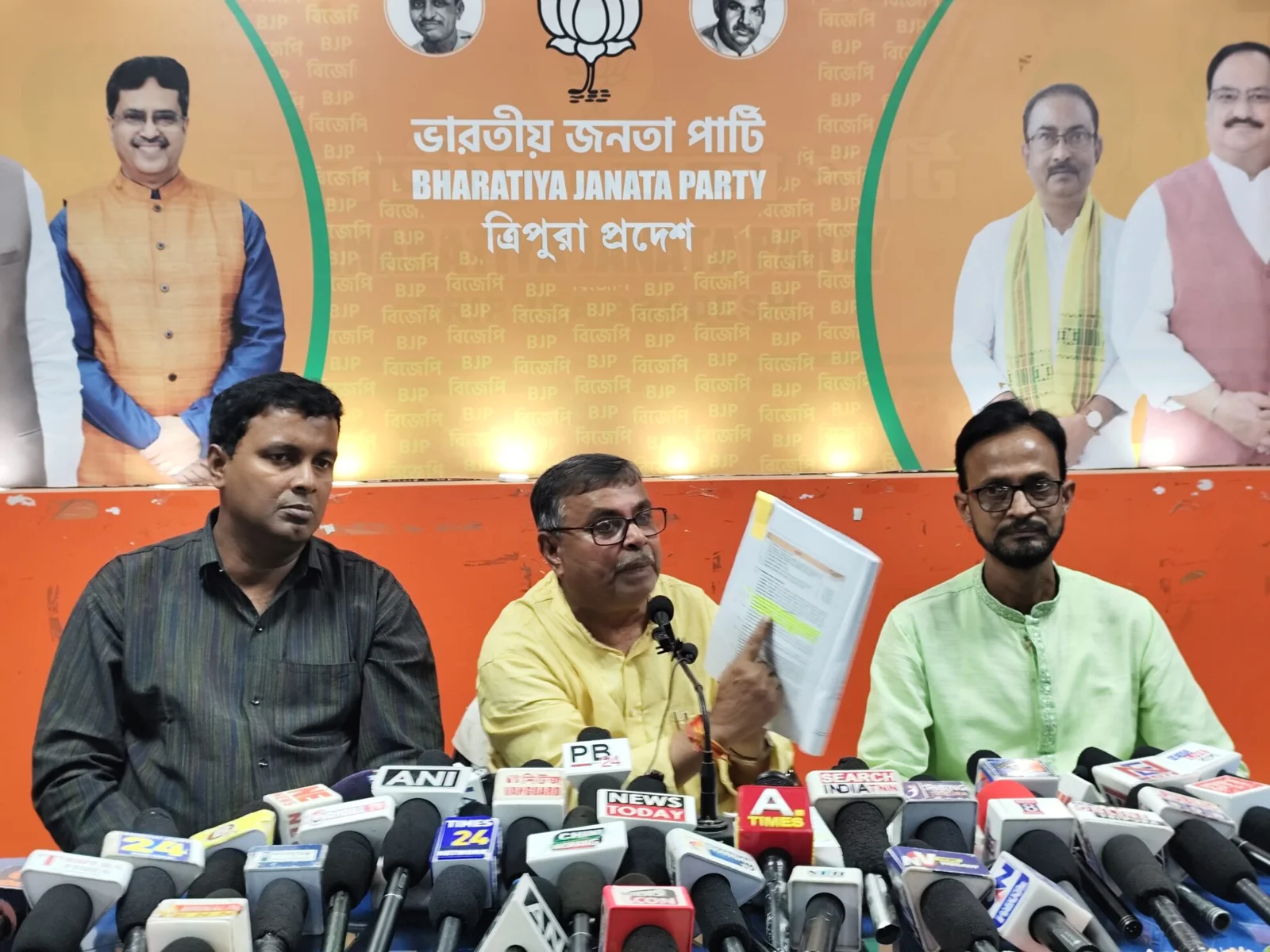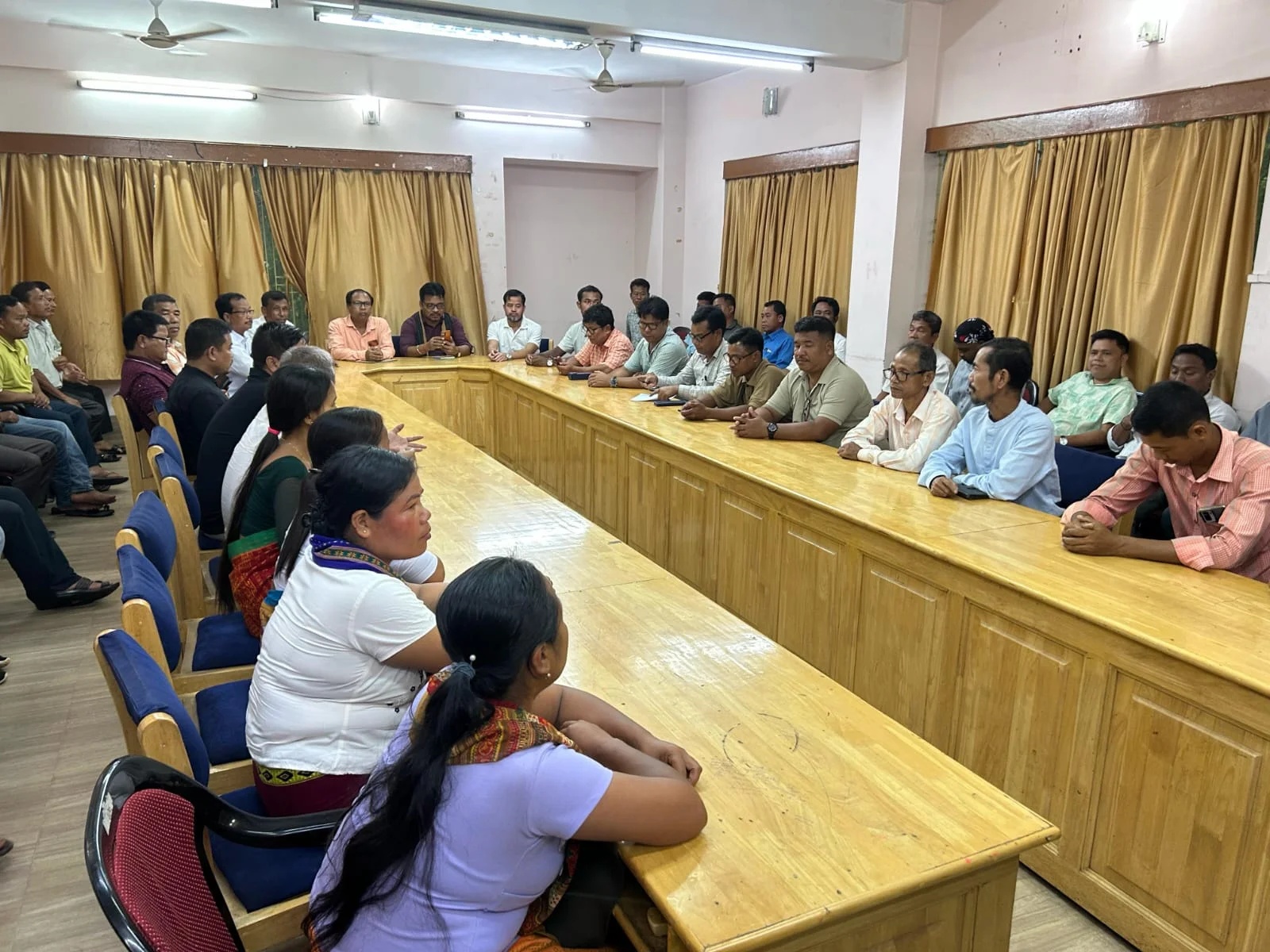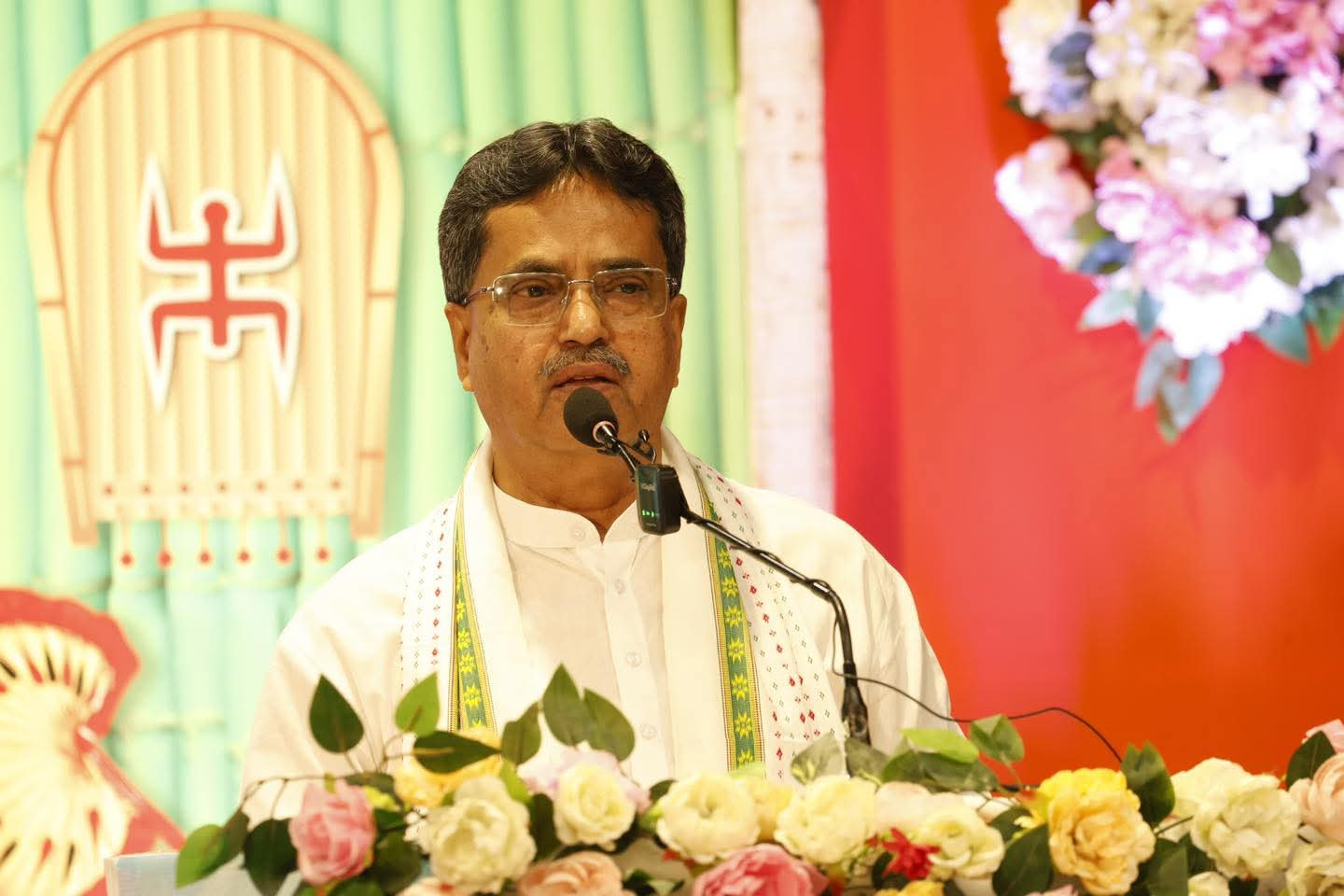The discourse surrounding electricity tariffs in Tripura has intensified, with Power Minister Ratan Lal Nath recently shedding light on the historical increases under both the present BJP-led government and the preceding Left Front administration. His statements aim to contextualize the current discussions around smart meter installations and the perceived burden of rising electricity costs on citizens. This article delves into the figures presented, offering a comparative analysis of Tripura Power Tariffs under different political dispensations.
Examining Tripura Power Tariffs: The Left Front Era
According to Minister Ratan Lal Nath, the Left Front government oversaw a significant surge in electricity tariffs during its last seven years in power. He stated that the cumulative increase in Tripura Power Tariffs during this period stood at a staggering 116.03%. This substantial hike, as highlighted by Nath, included specific notable instances that impacted consumers.
One such instance cited by the Minister was a sharp 62% tariff increase implemented in 2010. This was followed by another notable hike in 2013, where electricity charges went up by ₹1.46 per unit. These figures paint a picture of a period characterized by aggressive adjustments to Tripura Power Tariffs, which would have undoubtedly put considerable pressure on household budgets and industrial operations across the state.
BJP’s Tenure and Changes in Tripura Power Tariffs
In stark contrast to the figures presented for the Left Front, Minister Nath stated that under the current BJP-led government, the cumulative increase in Tripura Power Tariffs over the past seven years has been considerably lower, at 24.93%. This figure is presented as a testament to the current administration’s efforts to manage electricity costs more prudently.
The BJP government’s approach to Tripura Power Tariffs has included a mix of rebates and measured increases.
- Rebate in 2020-21: The administration provided a relief measure to consumers in 2020-21, offering a rebate of 2.34%. This move likely aimed to ease financial burdens, particularly during challenging economic times.
- Subsequent Hikes: Following the rebate, there have been calculated increases in Tripura Power Tariffs:
- A 7% hike was implemented in 2023-24.
- Another 7.15% increase was seen in 2024-25.
- For the current year, a 10.78% increase has been applied.
Despite these recent increases, Minister Nath emphasized that the cumulative rise remains within the 25% limit stipulated by the Joint Electricity Regulatory Commission. This adherence to regulatory guidelines is presented as a key differentiator in the BJP’s management of Tripura Power Tariffs.
The Broader Context of Tripura Power Tariffs and Smart Meters
The Minister’s statements come at a time when smart meter installations are a significant topic of discussion. While smart meters promise greater accuracy in billing and empower consumers with better consumption data, they often coincide with broader efforts to rationalize tariffs and improve revenue collection for power utilities. The comparison of past and present tariff increases serves as a political narrative to explain the rationale behind current policies and to highlight perceived differences in governance.
The data presented by Minister Nath suggests a shift in the approach to managing Tripura Power Tariffs. The Left Front’s period saw sharper, more pronounced increases, while the BJP’s tenure has, according to these figures, involved more gradual adjustments, coupled with an initial rebate. This comparative analysis is crucial for understanding the historical trajectory of electricity costs in Tripura and for evaluating the current government’s performance in this critical sector.
Conclusion
The debate over Tripura Power Tariffs highlights a fundamental aspect of governance: balancing the operational costs of electricity boards with the affordability of power for citizens. Minister Ratan Lal Nath’s revelations provide a statistical lens through which to view the policies of successive governments. As smart meter installations progress and the state moves towards a more modernized power infrastructure, the management of electricity tariffs will remain a key area of public interest and political scrutiny. The stated goal of keeping increases within regulatory limits under the current administration offers a point of reassurance for consumers, contrasting with the more aggressive hikes witnessed in the past.
Discover more from RastriyaSamachar24x7
Subscribe to get the latest posts sent to your email.




